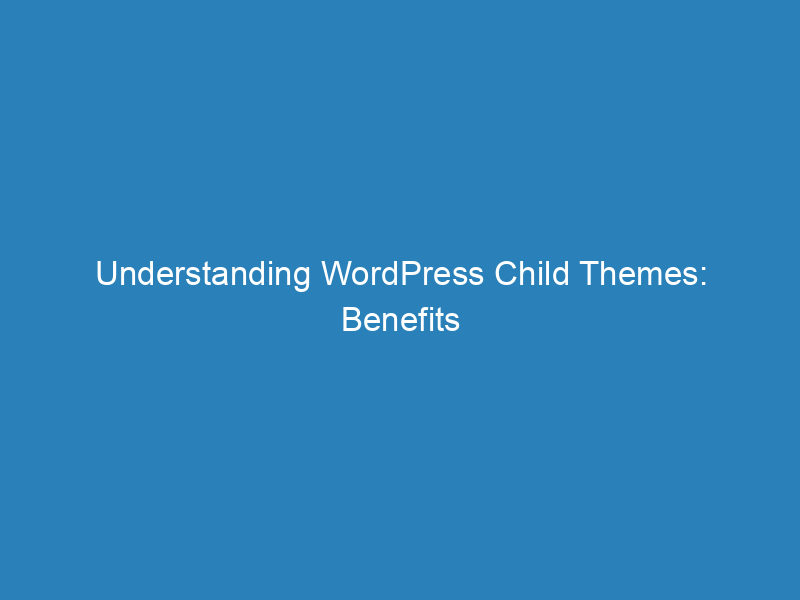
Understanding WordPress Child Themes: Benefits and Creation Guide
When it comes to customizing your WordPress website, using a child theme can be an invaluable strategy. A child theme is essentially a sub-theme that retains all the functionality and aesthetics of its parent theme while allowing you to make changes without directly altering the original files. This approach not only safeguards your modifications during updates but also provides a safe space for experimentation.
What is a Child Theme?
A child theme inherits features and styles from a parent theme. This setup allows you to customize your website efficiently and effectively. Any changes made in the child theme won’t affect the parent theme, which means that when the parent theme receives updates, your customizations will remain intact.
Creating a Child Theme
To set up a child theme, you need to create a new folder in the themes directory of your WordPress installation. Inside this folder, the primary file you will create is style.css. In this file, you should include a comment block that specifies the parent theme using the Template: line. Because the child theme’s stylesheet loads after the parent theme’s, it will override any styles defined there.
Steps to Create a Child Theme:
- Create a new folder in the
/wp-content/themes/directory for your child theme. - Create a
style.cssfile within this folder. - In
style.css, add the following header:
/* Theme Name: Your Child Theme Name Template: ParentThemeFolderName */
Benefits of Using a Child Theme
The primary advantage of using a child theme is preservation. When the parent theme is updated, your changes in the child theme remain unaffected. Additionally, child themes provide a structured way to manage customizations, making it easier to troubleshoot issues or revert changes if necessary.
Activating Your Child Theme
Once your child theme is set up, you need to activate it. Navigate to the Themes section in your WordPress dashboard, find your child theme, and click on “Activate.” The parent theme will still provide all its original functionalities, ensuring that everything works seamlessly.
By utilizing child themes, WordPress users can enjoy greater flexibility and control over their website’s design and functionality, making it an essential tool for developers and site owners alike.

